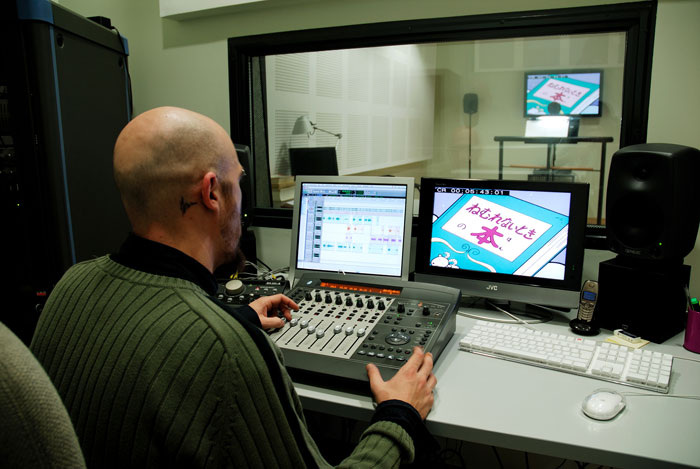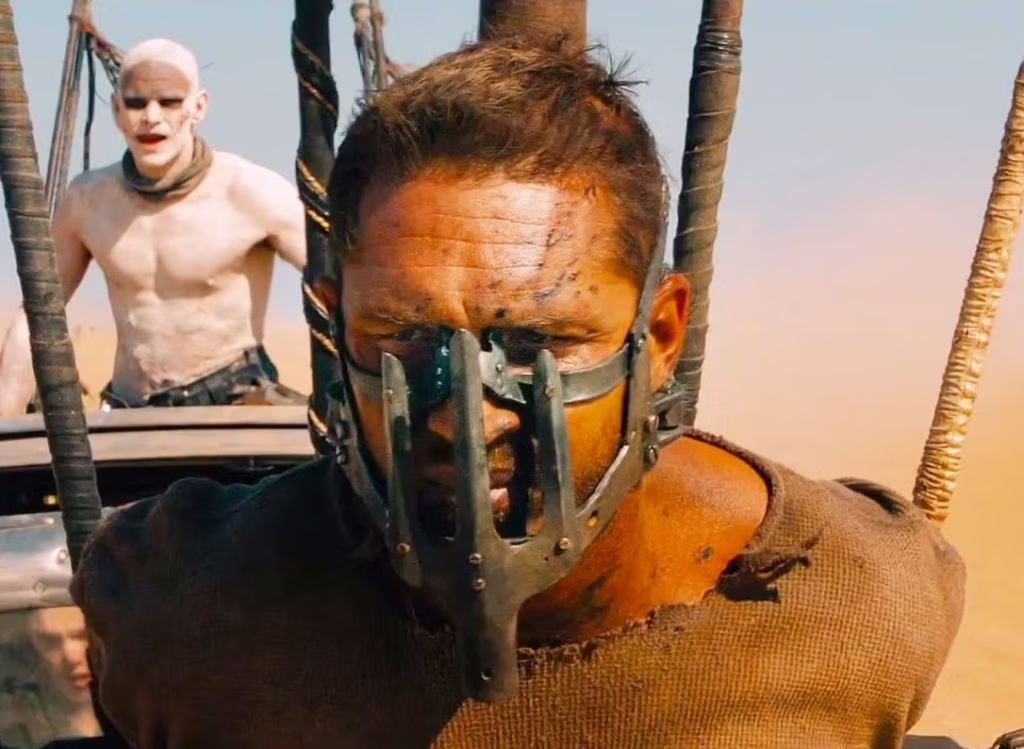Subtitles or Dubbing?
Anime fans constantly debate which viewing method is better, but the truth is that both options are necessary. It’s undeniable that a huge number of fans prefer to watch anime in their native language. Even those who regularly watch anime with subtitles might sometimes want to follow a series while doing something else — and that’s when dubbing becomes essential.
But how does the dubbing process actually work? Let’s take a closer look!
Script Adaptation
The first step in the dubbing process — also known as Automated Dialogue Replacement (ADR) — begins with the ADR scriptwriter. This specialist prepares the original script, which is usually already translated, for dubbing. It’s a highly detailed job that involves repeatedly reviewing the animation to ensure the script matches the characters’ mouth movements.
When it doesn’t, the ADR writer must find alternatives that preserve the intended meaning of the characters’ lines. Depending on the situation, the ADR writer usually submits any changes to the lead scriptwriter, who then makes the necessary adjustments and approves the final version for dubbing.
Casting and Recording
At the same time, the ADR director is typically in charge of casting the voice actors and overseeing the dubbing sessions. The director presents casting choices to the client, who ultimately decides if a voice fits a character, though they usually trust the director’s judgment on who best portrays each character. This process often includes auditions, but it’s not unusual for the ADR director to hand-pick actors they’ve worked with before.
Unlike Japanese voice actors (seiyuu), dub actors typically record alone in the studio. The actor is shown the scene on a screen and a separate screen displays the lines they need to perform. The director listens to the performance and provides guidance to make any needed adjustments for the best result.
The technical aspects of recording are handled by the ADR audio engineer, who captures multiple takes of each line during the session. Then, in collaboration with the director, the engineer selects and edits the best takes for the final dubbed episode.
Putting It All Together
Anime episodes contain separate audio tracks for dialogue, music, and sound effects. This makes the audio engineer’s job easier, as they can simply mute or remove the original Japanese dialogue from its isolated track. Then, the dubbed dialogue track is added and carefully mixed to match the volume and tone of the existing music and effects tracks, ensuring a seamless final product.
And with that, the job is done — and we, anime fans, get to enjoy anime, OVAs, or films in our own language. So next time you’re cooking dinner while watching anime, you’ll know just how much effort goes into dubbing — on top of the already demanding work of creating animation in the first place — and you’ll be able to appreciate a great dub even more.




